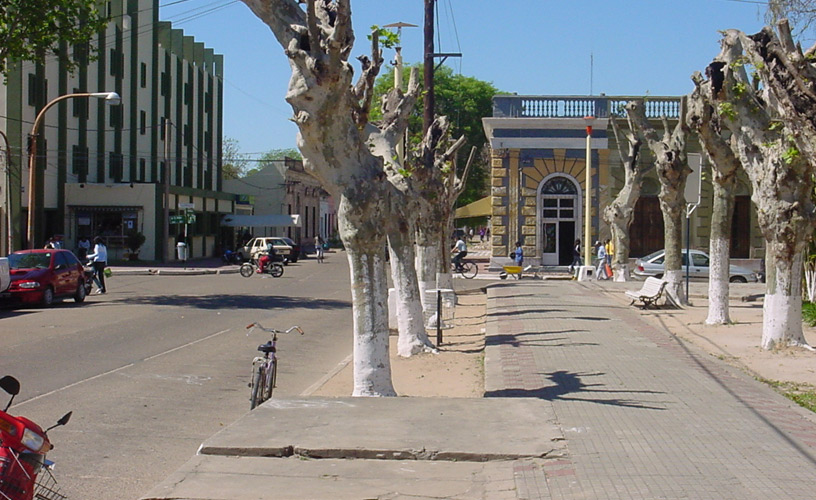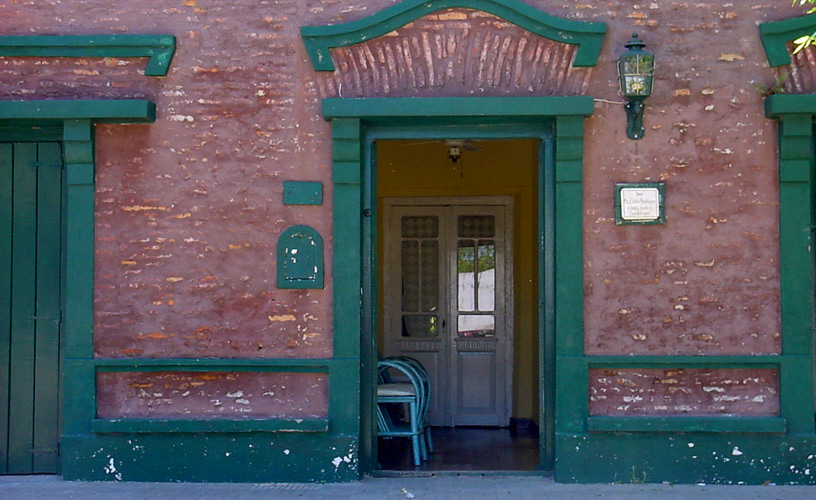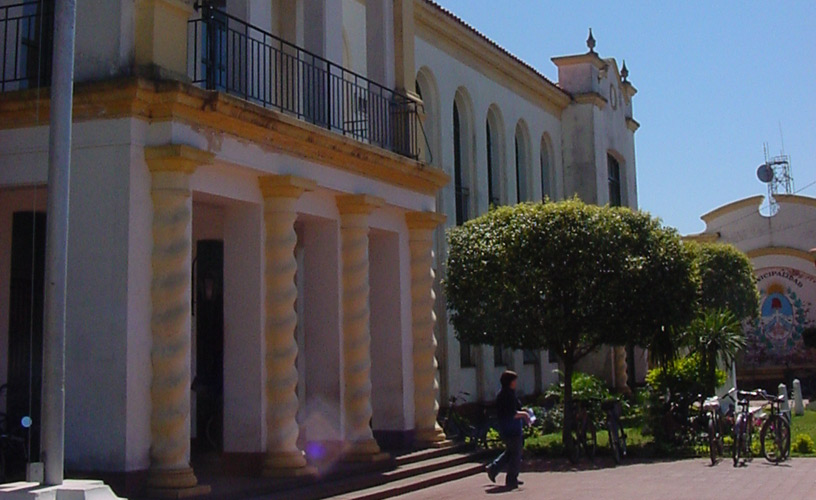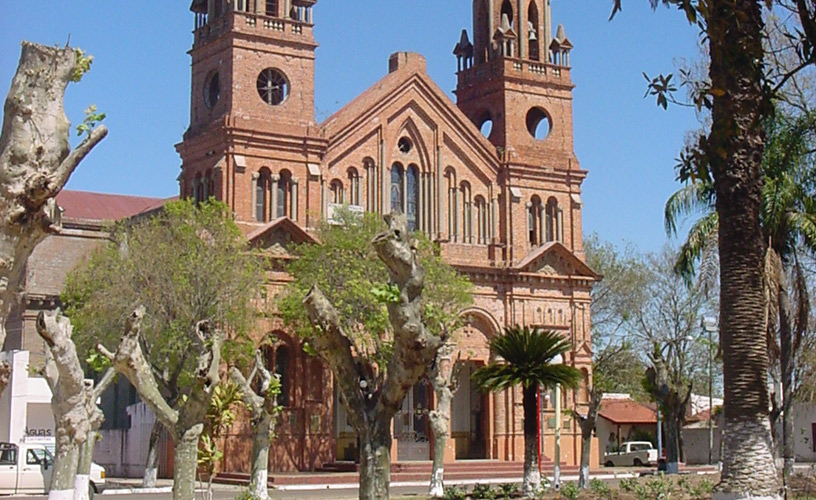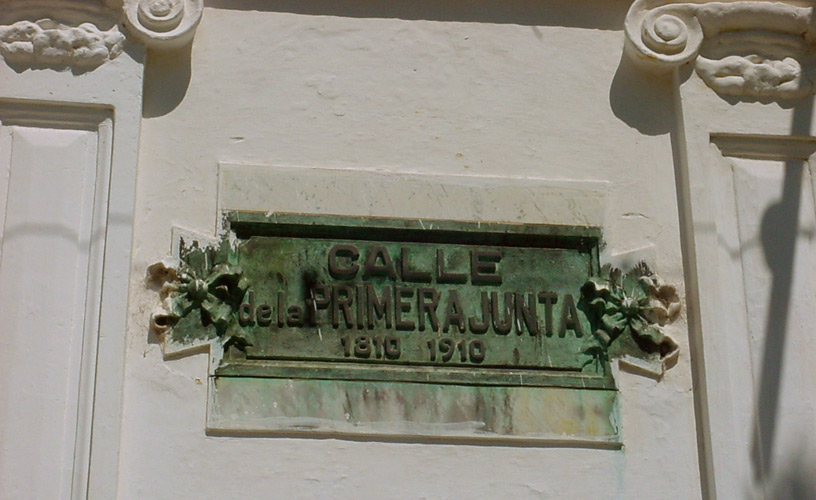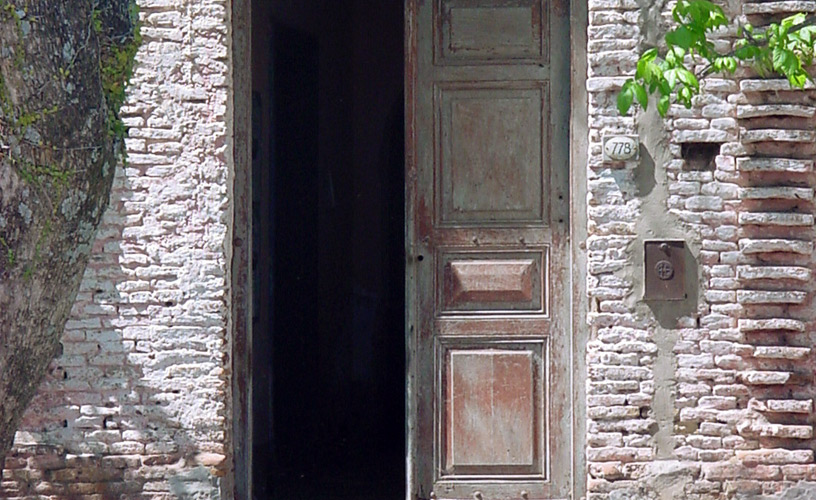Vertex city like no other, the City of Esquina is rich in history, traditions and customs as well as in islands and marshlands. A city tour by bike or on foot along its streets enables visitors to discover all this.
Its Historical Roots
Its foundation date that generates controversy. The City of Esquina, located in the southern end of the Province of Corrientes, was destroyed twice during the civil wars of 1839 and 1840, and finally rebuilt in 1846.
The first name of Esquina –which is the Spanish word for “corner”- was “Santa Rita de Esquina del río Corriente” and its river - “Corriente”, without an “s”- played an essential role in its history. Its harbor, of high importance in the late XXth century, enabled the entry and exit of products from southern Corrientes.
Opposite the main square, called 25 de Mayo, stands the Church of Santa Rita de Cascia, patron saint who blessed the town when it was recently founded. The patron saint festivals are held on May 22 with the celebration of mass and a pilgrimage towards the parish atrium. They have turned into a popular event lasting a couple of days and attended by thousands of people from villages located all along the Argentinian littoral area.
In addition to symbols and monoliths that give evidence of its history in each corner, the Municipal Library may be visited at the new Theme Museum named after José Alfredo Ferreira, one of the greatest educators in the Province of Corrientes.
Objects such as cannon balls, weapons and typical costumes used in the local battles, ancient typewriters and dozens of articles from other times may be observed there.
The main square gives shelter to the Tourist Office and to the monument honoring the Mother, something typical in the Mesopotamian region.
The Princess of Corrientes
Its ancient cobbled streets, its old non-beveled corners, its majestic porches and large windows and, of course, its old neighbors contribute with a touch of distinction typical from this city.
Its two football teams, “Esquina Football Club” and “Sociedad Sportiva Esquinense”, are almost a hundred years old. In addition to hundreds of trophies, they hold a close rivalry that, fortunately, will last for a lifetime.
Another architectural jewel in the city is the Town Hall Palace with its ancient clock and its green lawn lodging a cannon that used to belong to the famous Italian soldier Garibaldi and is visited by dozens of tourists everyday.
The Alfredo Ferreira School is another outstanding architectural work in the city. Today, it is one of the most important educational venues in town.
The riverfront is another great attraction in this beautiful place. It is full of colors and sounds in the summer during carnival. Specially designed for pedestrians and cyclers, walking along its promenade up to the prefecture building or the casino is one of the greatest attractions for youths and adults when the sun sets and the night begins.
Not only does Esquina have vestiges of its past in the memory of its people, but also part of its history lies underground. Remains of pottery from the Guaraní culture and other tribes dwelling in the area may be found in its archeological site.
But also, its paleontological remains amaze everyone. The surprising finding of toxodon vertebras, a prehistorical animal that became extinct millions of years ago was carried out here, right here, round the corner of Esquina.
Pablo Etchevers
Pablo Etchevers
